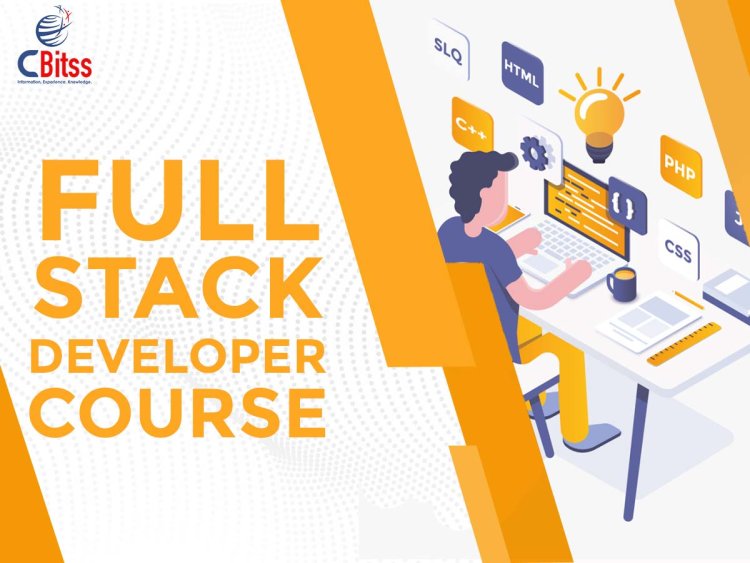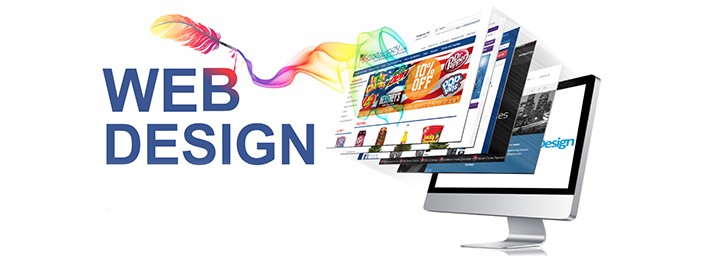Frontend vs Backend vs Full Stack: Which One Should You Learn?
In this post discus about Frontend vs Backend vs Full Stack: Which One Should You Learn?

Frontend vs Backend vs Full Stack: Which One Should You Learn?
In determining if you want to focus on front-end, back-end, or full-stack web development, understanding the differences among them in contributing to web development is essential. Each has responsibilities, tools, and technologies differently, and the right choice depends upon your interests and career goals besides the kind of projects you intend to work upon.
Front-End Development: The User Interface
Frontend development deals with everything a user interacts with on a website or web application. It is about the design, layout, and behavior of a website. Intuitive, responsive, visually appealing experiences for users is what front-end developers focus on creating.
Common tools and languages that are used in frontend development include:
HTML which helps in structuring content.
CSS, the tool used in styling the website.
JavaScript to add interactivity.
Frameworks like React, Angular, or Vue.js to streamline development.
If you enjoy doing the visual things of web development and have a keen eye for design and UX, frontend is probably the perfect fit.
Backend is ideal for those who enjoy working with the look and feel of websites as it creates an easy experience for users.
Server Side: End
The "back end" relates to the functional operation of powering a website that goes unseen: building and running a server or application logic responsible for making any web application do something useful.
Technologies related to backend development:
Programming language used can vary among Python, Java, Ruby, or even PHP.
MySql, PostgreSql or MongoDB for handling database-related data
Node js, Flask and Django are widely used in various projects to use tools in controlling a server for this end of an application.
Backend development requires a deep understanding of how to manage, manipulate, and serve data.
If you’re more interested in logic, working with databases, and ensuring a website runs smoothly on the server-side, backend development is a better match. It requires problem-solving and a strong foundation in coding and algorithms.

Full Stack Development: The Complete Package
Full-stack developers know both frontend and backend development. They have the ability to design a whole web application, starting from scratch.
All the tasks associated with designing the user interface to managing the server and database on its own are manageable for the full-stack developer. Full-stack development is great for someone who has the intention of understanding the whole process of development and working with all layers of a web application.
A full-stack developer is familiar with:
Frontend technologies (HTML, CSS, JavaScript).
Backend technologies (Node.js, Python, Ruby, Java, databases).
DevOps tools and cloud services (AWS, Docker, Kubernetes).
To be a full-stack developer classes is to be able to build a web application from scratch.
It requires a wider set of skills, but it's perfect for those who enjoy versatility and problem-solving across different aspects of development.
What's Your Reaction?


















